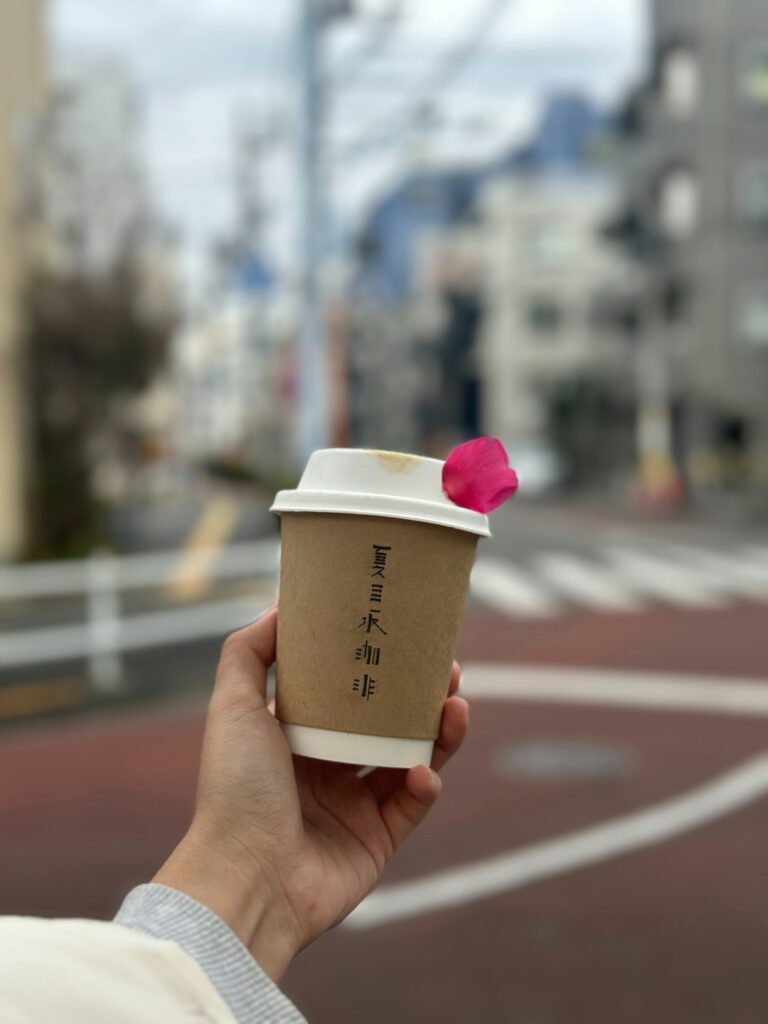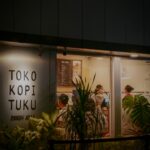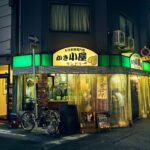If you’ve spent any time scrolling through Japanese lifestyle feeds lately, you’ve probably come across photos of velvet banquettes, stained glass lamps, and beautiful porcelain cups filled with perfectly hand-dripped coffee. Retro “Kissaten” coffee shops from Japan’s Showa era are experiencing a renaissance, particularly among millennials who are yearning for a taste of nostalgia and authenticity in the heart of the digital age. This article dives deep into the origins of the Kissaten, explores why they are capturing young hearts again, showcases must-visit spots in Tokyo, and reveals why a journey to these time capsules will leave any coffee lover—local or foreign—utterly captivated.
What is a Kissaten? A Glimpse into Japan’s Retro Cafe Culture
The word “Kissaten” (喫茶店) literally means “tea-drinking shop,” but these establishments are far from your average cafe. Emerging in the early 20th century and flourishing during Japan’s Showa era (1926–1989), Kissaten became sanctuaries for artists, thinkers, students, and anyone seeking pause from the city’s relentless pace. Low lighting, plush seating, and the soft hum of jazz or enka music transport patrons to a bygone era the moment they step inside. Decor typically includes dark wooden interiors, Tiffany lamps, retro booths, and a treasure trove of coffee cups—each one carefully matched to the customer’s coffee selection. Unlike fast-paced modern chains, Kissaten pride themselves on slow hospitality: just the act of brewing coffee is an art form, often employing hand-drip or siphon methods that have been passed down through generations.
Why Are Millennials Rediscovering Kissaten?
In an era dominated by digital screens and globalized coffee chains, Japanese millennials are seeking experiences that feel genuine, memorable, and photogenic. Kissaten offer all that and more. With their vintage aesthetics, mood lighting, and unique coffee rituals, these cafes are tailor-made for Instagram—think intricately layered cream sodas, Art Deco signage, and hand-crafted latte art in delicate cups. But it’s more than just looks: the sense of stepping into a living museum is powerful. The ephemeral aroma of freshly ground beans, the ritual of hand-dripped coffee, and the personalized service contrast starkly with today’s fast-service culture. For many, a Kissaten visit feels like a mini time-travel escape—a way to slow down, savor, and connect over something timeless.
Tokyo’s Kissaten Renaissance: Essential Spots Old and New
No city wears the Kissaten revival as stylishly as Tokyo. While some historic establishments have welcomed generations of coffee aficionados, a new wave of creative cafe owners is breathing fresh life into the tradition. Here are a few can’t-miss destinations:
- Café de L’Ambre (Ginza): Operating since 1948, this legendary spot specializes entirely in coffee—over 30 varieties, all hand-dripped, in a distinctly Showa atmosphere.
- Sabō Shirokuma (Yanaka): Known for velvet armchairs and homemade cakes, this hidden cafe in a historic neighborhood feels like stepping into the 1960s.
- Chatei Hatou (Shibuya): Famous for its meticulous siphon-brewed coffee and photogenic pastries served on handpicked vintage plates.
- Miwaku no Kissaten (Kichijoji): A fresh take on the retro cafe, combining hip décor with the time-honored Kissaten menu.
Whether you crave the authenticity of old guard establishments or the charm of modern interpretations, Tokyo’s Kissaten scene truly has something for every curious traveler.
The Art of the Kissaten Menu: Hand-Drip Coffee and Showa-Era Treats
At the heart of every Kissaten is a reverence for the coffee-making process. Baristas carefully select beans, grind them to the perfect texture, and slowly hand-drip each cup to order, often using vintage tools that have served for decades. The result is a smooth, fragrant brew unlike anything mass-produced. Alongside expertly brewed coffee, Kissaten menus feature comfort food classics like “Naporitan” spaghetti (a uniquely Japanese take on pasta with ketchup-based sauce), “Tamago Sando” (egg salad sandwiches with fluffy white bread), and “Purin” (Japanese custard pudding)—all exquisitely plated on fine porcelain. Seasonal desserts such as matcha cake or sakura-flavored treats round out the Showa nostalgia, making each visit both a visual and culinary delight.
Chasing Nostalgia: Travel Tips for the Kissaten Experience Seeker
If you’re looking for more than a quick caffeine fix, planning a Kissaten-inspired trip through Japan is a journey into the nation’s memory and evolving identity. Start with Tokyo’s storied districts, then branch out to regional gems—Kyoto’s tranquil tea salons or Osaka’s neighborhood cafes packed with local character. Consider asking owners about their stories (many are more than happy to share!), document the quirks of each location, and always check for local Kissaten guides posted on Japanese travel forums or curated Instagram accounts. By immersing yourself in these retro spaces, you’ll be sipping more than coffee—you’ll be tasting a cherished slice of Japanese cultural heritage.








